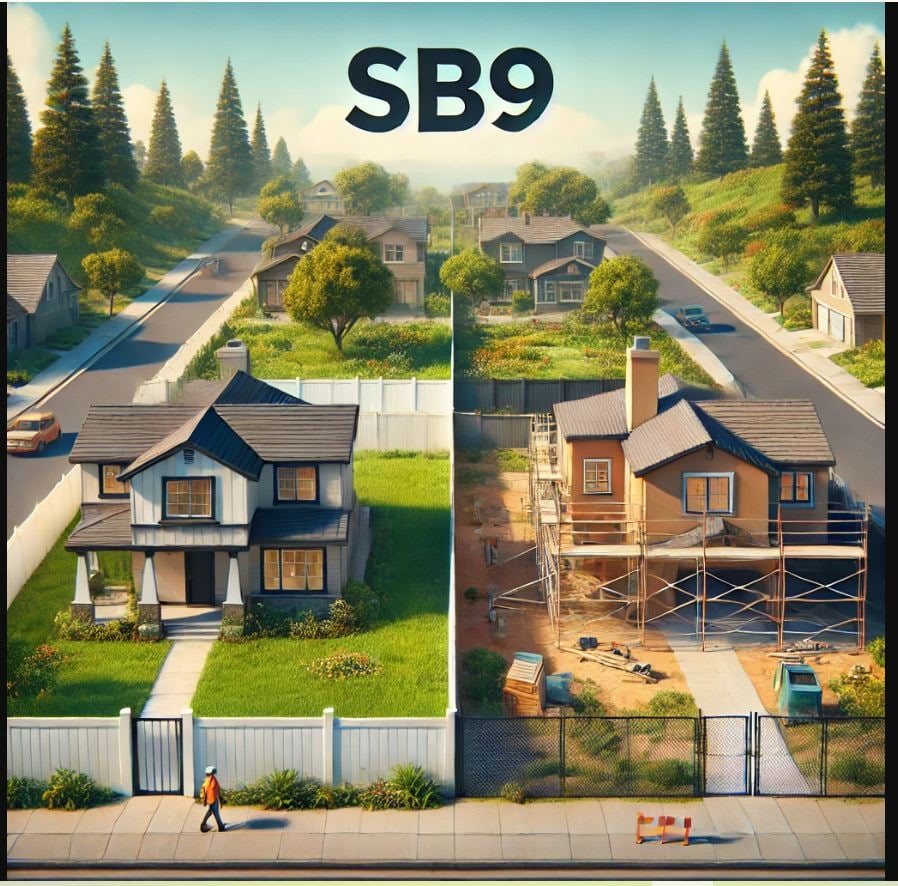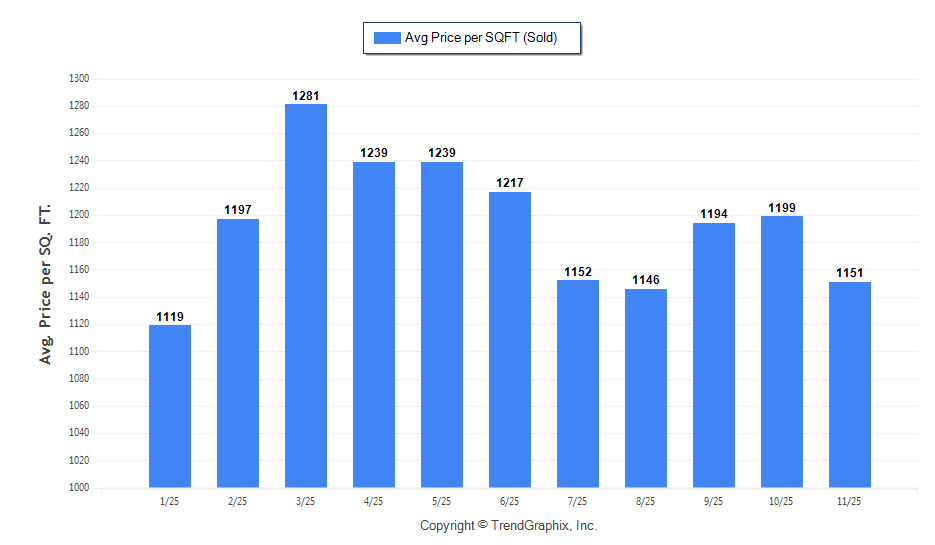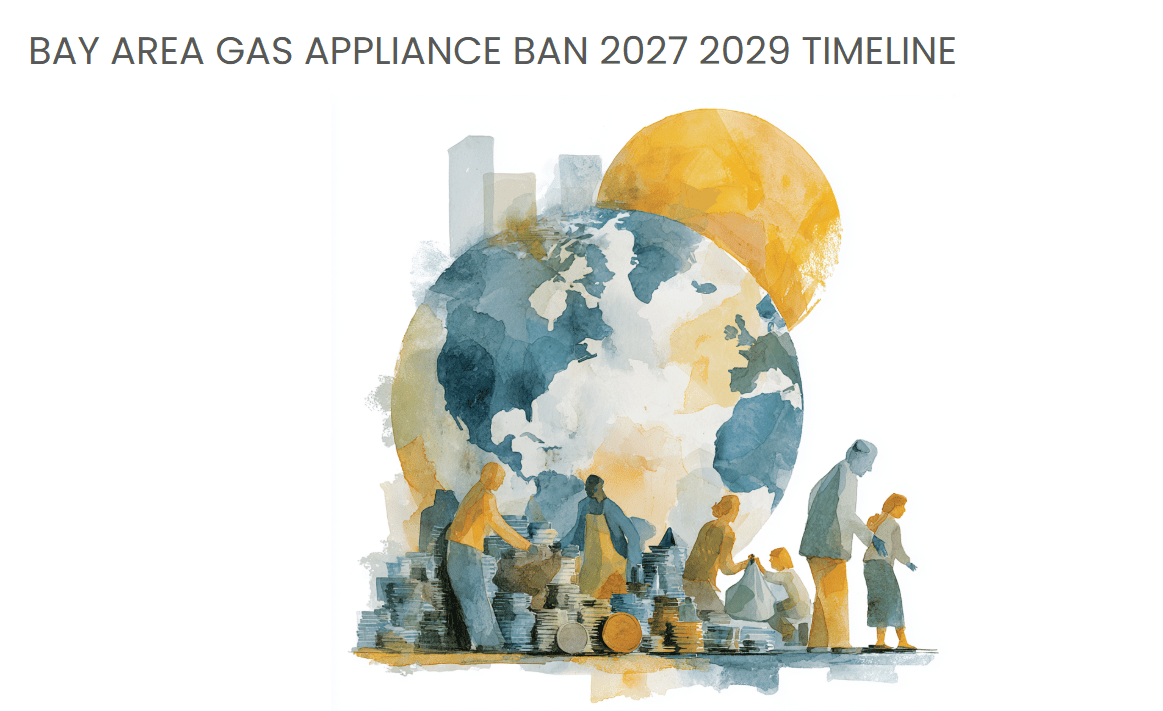California Senate Bill 9 (SB 9), signed into law by Governor Gavin Newsom in 2021, is part of the state’s efforts to address the ongoing housing crisis. The law took effect on January 1, 2022, and aims to increase housing supply by allowing homeowners to build additional housing units on single-family zoned properties.
Here’s a breakdown of the key provisions of SB 9:
1. Lot Splitting:
SB 9 allows homeowners to subdivide a single-family residential lot into two separate lots. Each newly created lot must be at least 40% of the size of the original lot, and the overall size must still comply with local regulations (but can't be smaller than 1,200 square feet, unless local ordinances specify otherwise).
2. Adding Housing Units:
Homeowners can build up to two housing units on each lot. This means that if a lot is subdivided, a property could potentially have up to four units: two units on each of the two lots.
3. Local Control and Regulations:
Local governments must approve applications for lot splits and additional units if they meet SB 9 requirements, but they still retain some control over aspects like design, zoning standards, and environmental regulations, provided these don’t conflict with SB 9’s objectives.
Historic districts and properties designated as historic landmarks are exempt from SB 9.
Local governments can apply objective development standards like setbacks and height limits, but they can’t impose subjective or discretionary reviews that would prevent projects allowed under SB 9.
4. Owner Occupancy:
For lot splits, the property owner must sign an affidavit stating they will occupy one of the units as their primary residence for at least three years after the lot split.
However, this requirement does not apply to developments where only additional units are built on a single lot (without splitting the lot).
5. Tenant Protections:
SB 9 includes protections for tenants. Specifically, properties that have been rented within the last three years are ineligible for redevelopment under SB 9. This provision helps prevent displacement of existing tenants.
6. Streamlining Housing Production:
The law intends to streamline housing production by simplifying the process of adding new units in areas zoned for single-family homes. It limits the ability of cities and counties to deny applications as long as they meet SB 9’s requirements.
Cities can’t require parking if the property is within half a mile of public transit, which helps encourage development in urban areas with easy access to transportation.
Goals of SB 9:
Increase Housing Supply: SB 9 is designed to increase the number of housing units in California to help combat the housing affordability crisis. By allowing multiple units on single-family lots, it aims to provide more opportunities for homeownership and rental housing.
Addressing Exclusionary Zoning: SB 9 challenges the traditional single-family zoning model, which some critics say perpetuates housing scarcity and unaffordability. It encourages "gentle density," meaning an increase in housing without major disruptions to existing neighborhoods.
Affordable Housing: While SB 9 does not specifically require that the units be affordable, the added supply is expected to alleviate some pressure on the housing market.
Criticism and Concerns:
Neighborhood Impact: Some critics argue that SB 9 could lead to increased density in established neighborhoods, potentially affecting infrastructure, parking, and local character.
Effectiveness: Others question whether SB 9 will significantly increase housing supply in a meaningful way, particularly in areas where land costs are high, and whether it will result in affordable housing.
Equity: Some advocates have pointed out that wealthier homeowners are more likely to take advantage of the new law, potentially benefiting from the increased value of subdivided lots and additional rental income.
Conclusion:
SB 9 is part of California’s broader push to address its severe housing shortage by encouraging the development of new housing units on existing residential lots. The law attempts to balance the need for increased housing with local control, tenant protections, and environmental safeguards. Whether it will have a large-scale impact on housing affordability and supply remains to be seen, but it represents a significant change to how housing can be developed in single-family zoned areas.
I have provided the below link for informational purposes only and as a valued service for my clients.
SB9 Subdivision Checklist for City of San Jose
Disclaimer:
The information provided in this article is for general informational purposes only and does not constitute legal, financial, or real estate advice. While we strive to ensure the accuracy and timeliness of the information presented, laws and regulations may change, and local ordinances may affect how Senate Bill 9 (SB 9) applies to specific properties. We recommend consulting with a qualified attorney, real estate professional, or local government agency to understand how SB 9 may impact your situation. The author and publisher disclaim any liability for actions taken based on the content of this article.




